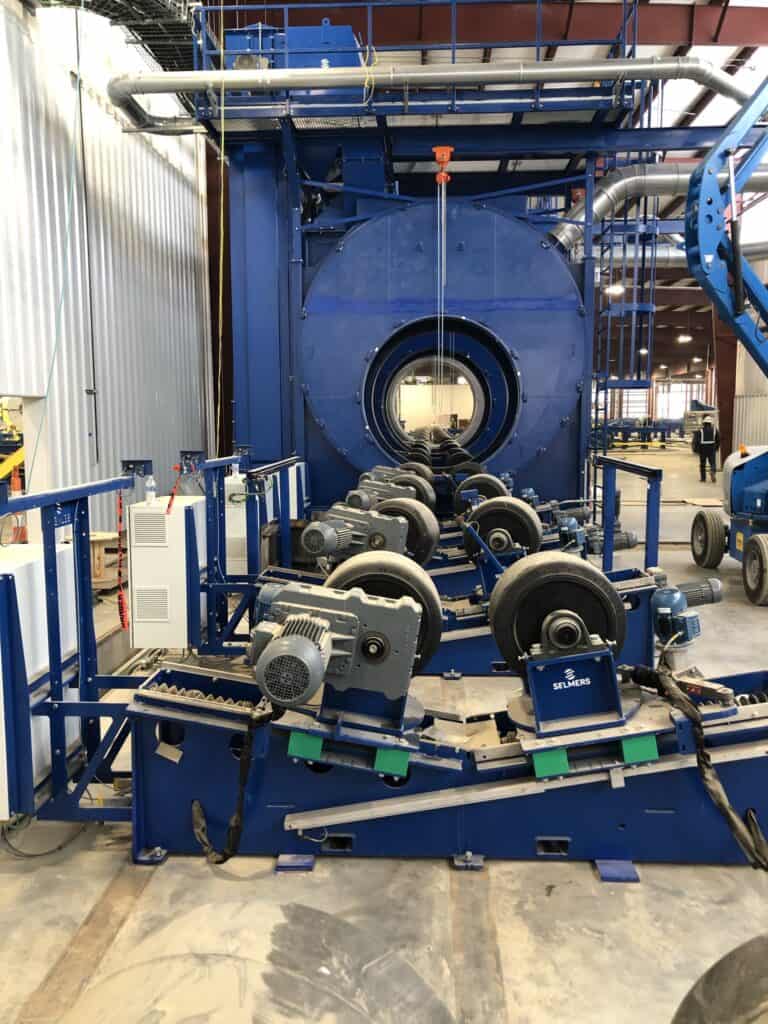Computer simulation comes in all kinds of applications. Many virtual worlds are purely for fun, such as racing games or SimCity. And although several colleagues at Selmers are certainly not averse to this, this blog is primarily about business VR applications. Much like flight, ship and drive simulators, Selmers in turn uses Virtual Reality to simulate a commissioning of equipment or production lines in advance. This has great advantages for customers.
Safety and cost control
As with flight and driving simulators our VR applications are about safety, cost control and training too. More specifically, our simulations focus on testing, performance tuning and safety engineering before equipment or an entire factory is put into operation. To this end, virtual models of a factory are created using technical drawings and AutoCAD models. Through a combination of an existing game engine and our own software, the factory can be moved in all directions and can be viewed from many perspectives, both remotely and via the PLC in the factory. Once a VR model has been created, it can also be used cheaply for future commissioning, for instance for expansion of adjustment purposes.
Minimal downtime
In this way, we recently virtually tested an internal pipe transport system for a customer, which works with indexers, before commissioning. Because multiple indexers run on the same tracks and call at multiple stations, it quickly becomes complex and the risk of collision increases. Another factory was in need of an upgrade for a so-called spoolbase. A spoolbase allows for a certain degree of pre-welding so that a string of pipes can be fed to a spool of a vessel and require minimal final works aboard. With minimal downtime being the customer’s main objective, the required upgrade has also been virtually tested before commissioning by simulating the plant.
Useful eye-openers
Virtual pre-commissioning not only minimizes the chance of downtime, but reduces the risk of actual damage at the same time. In addition, the costs of commissioning are much lower because our people spend less time during the physical commissioning. We have had projects in which the number of man-hours required was as much as a third lower than without prior simulation! Finally, we can also make a video of the simulation so that the client can see in advance what the new situation will look like. This may result in useful eye-openers, because the customer notices things they hadn’t thought of yet, and promotes unambiguous communication at the same time.
Safety zones and emergency stops
In this way adjustments can be made on time, thus avoiding inconvenient on-site adjustments later on, which is particularly helpful in discussing safety zones, emergency stops and the like. In other words: reliability starts before your first job ever takes place. Would you like to know more about pre-commissioning using VR in general? Or do you see potential for VR applications in view of new production equipment or upgrades? Just call your sales contact or send an email to sales@selmers.com






